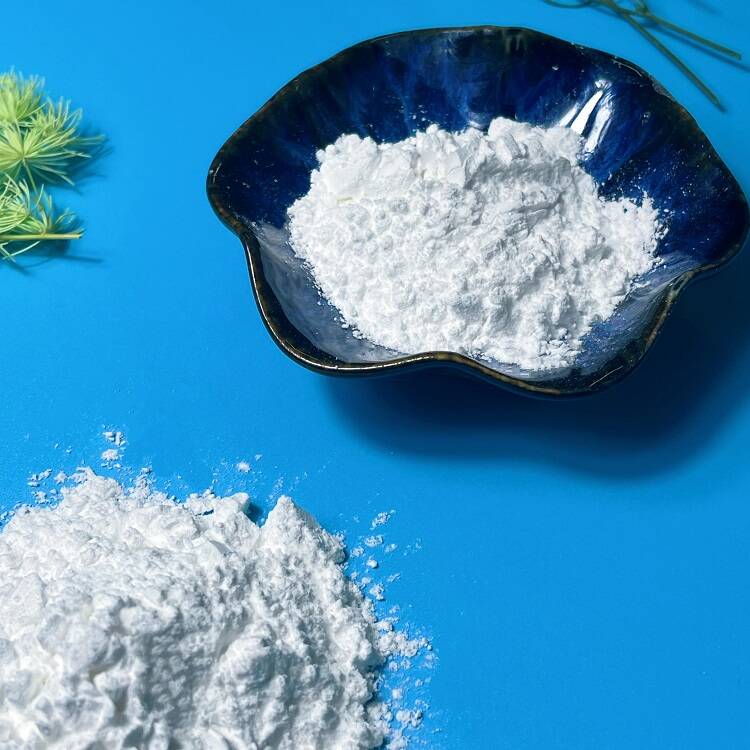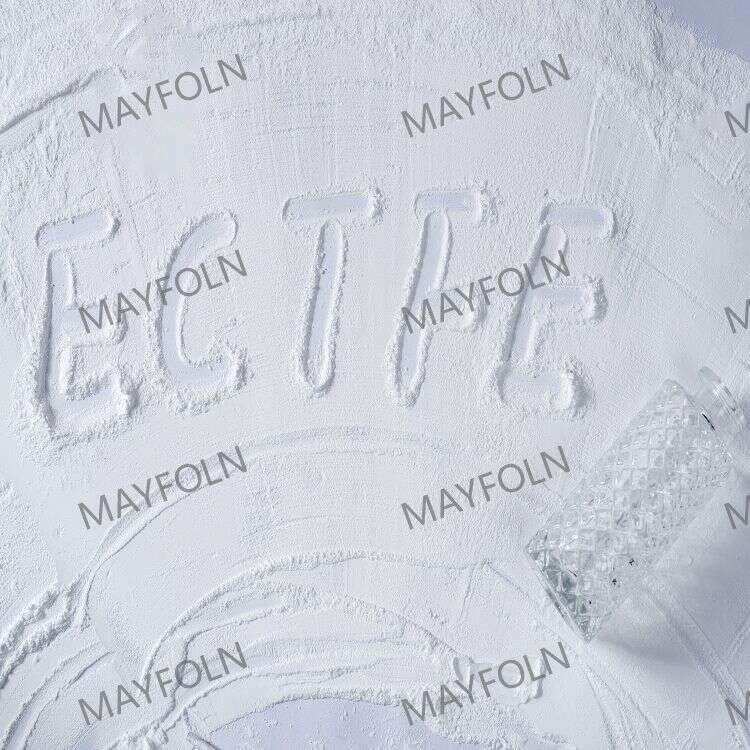-
Categories
-
Pharmaceutical Intermediates
-
Active Pharmaceutical Ingredients
-
Food Additives
- Industrial Coatings
- Agrochemicals
- Dyes and Pigments
- Surfactant
- Flavors and Fragrances
- Chemical Reagents
- Catalyst and Auxiliary
- Natural Products
- Inorganic Chemistry
-
Organic Chemistry
-
Biochemical Engineering
- Analytical Chemistry
-
Cosmetic Ingredient
- Water Treatment Chemical
-
Pharmaceutical Intermediates
Promotion
ECHEMI Mall
Wholesale
Weekly Price
Exhibition
News
-
Trade Service
2.2 High-performance acrylic emulsion with multi-layered core/shell structure
With a variety of functional monomers, through the multi-step seed emulsion polymerization method synthesized with three-layer nuclei /shell structure, particle size nano-nano-polypulmer emulsion, latex particles in the particle size of less than 100 nm, special three-layer nuclei/shell structure can make a variety of functional monomers distributed in different layers, thus ensuring the storage stability of emulsion. In the process of film formation, with the evaporation of water, the shape of latex particles changes, the cross-linking monogbodies distributed between different layers collide and merge with each other, and chemical crosslinks occur between active function groups, which significantly improve their hardness and water resistance, which can not only guarantee the continuity of the paint film, but also provide it with good strength.2.3 Effect of film-forming additives on emulsion performance under different pH conditions AMP-95 is a versatile additive commonly used in water-based coating formulations, the main role of which is to regulate the pH of the system. As a small molecule of organic amines, AMP-95 can affect the pH of acrylic emulsions in three layers of nuclei/shells over a wide range, as shown in Figure 2.Membrane additives at different pH values also have different effects on three-layer nuclear/shell acrylate emulsions; Because the latex grain of polyacrylic emulsion with three-layer core/shell structure contains a certain amount of -COOH in the outer outer shell, these hydrophobic nircotinic base plays an important role in the stability of the emulsion during long-term storage. However, because most additives and fillers used in water-based coatings are more suitable for neutral or weak alkaline system environment, so in the process of water-based coating preparation, the first thing is to adjust the pH of the emulsion system to weak alkaline, to ensure the stability of the painting process.figure 3 is that the AMP-95 addition amount is different, that is, the emulsion system pH value is different, in the same film-forming additive (795) dosage, the system shows a change in viscosity. The use of film-forming additives in the test samples was the same (5% of the total).From Figure 3, it can be clearly seen that when amp-95 addition is below 0.5%, that is, the pH of the emulsion is below 8.0, at this time the addition of membrane additives has little effect on the viscosity of the emulsion system; And when amp-95 is added, once it is above 0. 5%, i.e. the pH of the lotion is 8. Above 0, the film additive is added so that the viscosity of the emulsion system increases significantly, and the viscosity curve rises rapidly. There are two main reasons for this, on the one hand, because the system is alkaline at this time, a large number of small molecule organic amine dissolved in the water phase, part of the acidic hydrogenic group with latex particle surface distribution occurred neutral reaction, the formation of a strong rigid polymer ammonium salt; On the other hand, the addition of film-forming additives softens the surface of latex particles with three layers of nuclei/shells, expands in volume, and this softened latex particles, the polymeric ammonium salts on their surfaces, are more prone to hydration, showing a high viscosity. The two reasons work together, so that under high pH conditions, the effect of membrane additives on the viscosity of the emulsion system is significantly increased.2.3 Choice of film-forming additives in acrylic emulsion systems with three-layer core/shell structure Commonly used film-forming additives can be divided into three categories according to their own hydrophobic/hydrophobic, can be divided into three categories: the first category is hydrophobic film-forming additives, such as aromatic hydrocarbons, petroleum solvent oil, etc., although the cost is low, but more toxic, will also reduce film gloss, increase the paint odor, and film efficiency is not high; The second type of film-forming additives have a certain degree of hydrophobicity, such as Textanol, acetate ethyl acetate, butyridoxyethyl ethyl acetate, butycoethanol, etc., such film-forming additives can make emulsion film polygene well; The third category is hydromassive film-forming additives, soluble in water, such as ethylene glycol ether, hexanol, propylene glycol, etc., but such film-forming additives can not be used alone, often used as antifreeze to improve the stability of latex freezing and thawing and improve brushing. The film-forming efficiency of film-forming additives has a lot to do with emulsion resins, and the application of film-forming additives varies for different resin systems. Because film-forming additives have selective characteristics of the emulsion system, so the choice of film-forming additives should pay attention to the following aspects: ( 1) must be a strong solvent of the polymer, can reduce the glassy temperature of the polymer, and has a good compatible, otherwise it will affect the appearance and gloss of the paint film; ( 2) the solubility in water is small, can be absorbed by latex particles and has excellent fusion properties; ( 3) has a suitable volatility speed, retained in the emulsion coating before the film, its volatility speed should be lower than water and ethanol, after the film must be more rapid volatility; ( 4) After adding the latex system, it is adsorbed to the surface of the latex particles without affecting the stability of the latex particles. However, as the main source of VOC in emulsion-type coatings, film-forming additives should not be added, and should choose high-efficiency, safe and non-polluting film-forming additives.
effects of 2.3.1 film-forming additives on three-layer nuclear/shell acrylate emulsion MFTThe decline of MFT of emulsion-type coating is related to the type of film additive and the type of emulsion, and the degree of reduction of MFT is also different for different film-forming additives for the same emulsion. Practice shows that the MFT of water-based coatings should be guaranteed below 10oC, preferably below 5oC, so that construction can be guaranteed under low ambient temperature conditions. This paper mainly studies the film-forming efficiency of film-forming additives to three-layer nuclear/shell structure acrylic emulsions. In the experiment, DEE, DPNB, 795, Texanol were added to the synthetic emulsion system according to the paint process shown in Figure 1, and the effect of the type and dosage of membrane additives on latex paint MFT was studied by changing the dosage of membrane additives, as shown in Figure 4.






